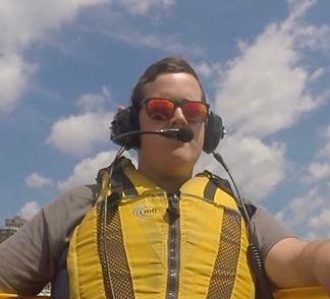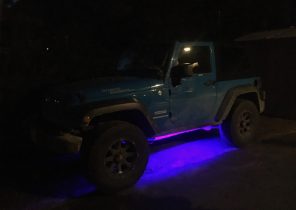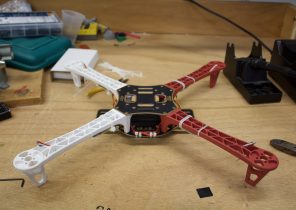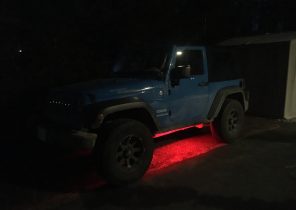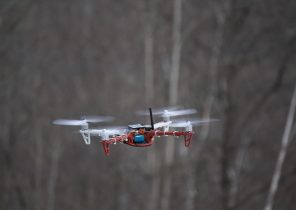The day was November 13th, 2015. I was working on getting some LED underglow soldered onto my team’s FTC robot, and had the idea that if underglow looked good on this 18″x18″ robot, it must look even cooler on a full sized car. Conveniently my best friend also thought it could look cool, and had the perfect vehicle for the project, a Jeep Wrangler. We planned it out and thought it would be pretty simple. I already had experience using LED strips for underglow from FTC, and we figured all we needed to do was scale that system up to the size of a jeep. The biggest difference we saw was that since the strips would be outside instead of on an indoor playing field they would need to be waterproof. Once again, we thought this would be a simple challenge to overcome, purportedly waterproof RGB LED strips were all over amazon.
So, we ordered some strips, wire, and epoxy, then went to town on the jeep. By the time we had figured out our design and ordered parts it was already January, and the New England winter was in full swing. It didn’t matter to us that it was 23° and lightly snowing, we had LED’s to install!
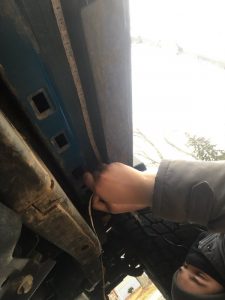
The install went smoothly with few hiccups and the result didn’t seem too bad!
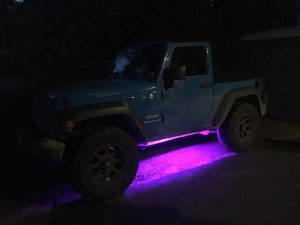
We expected that to be the end of it, until the next night when a small amount of light and smoke started emanating from under the jeep… It turned out that the strips shared a common +12V line and the colors were lit by grounding each individual color. This meant that there was constant power running to the strip, and it didn’t take long for water to work its way into the off-the-shelf silicone waterproofing on the LED strips. The water spray from the salted roads was conductive enough to ground out some of the colors to the frame, and also short out enough inside the strips to cause them to start smoking.

